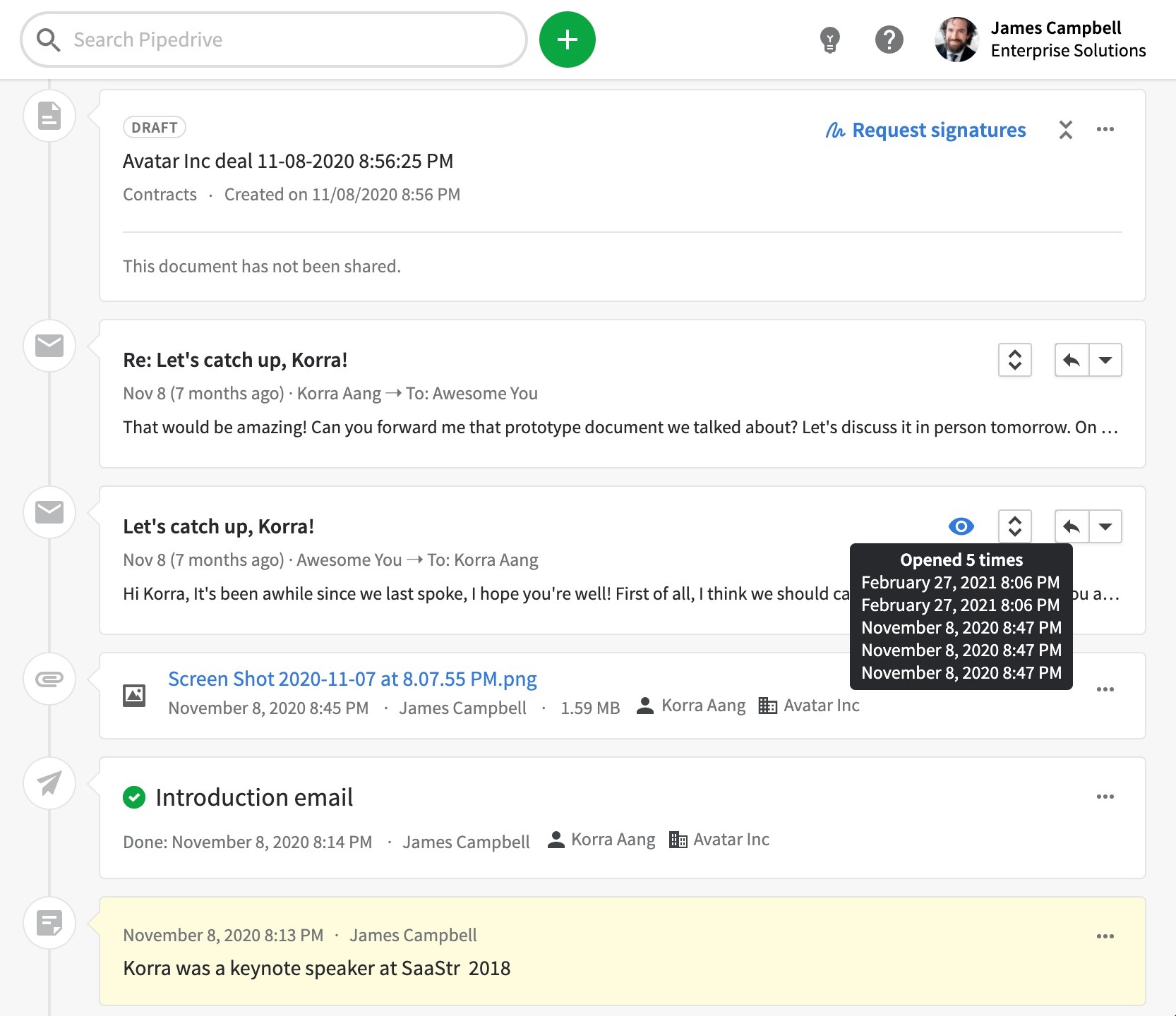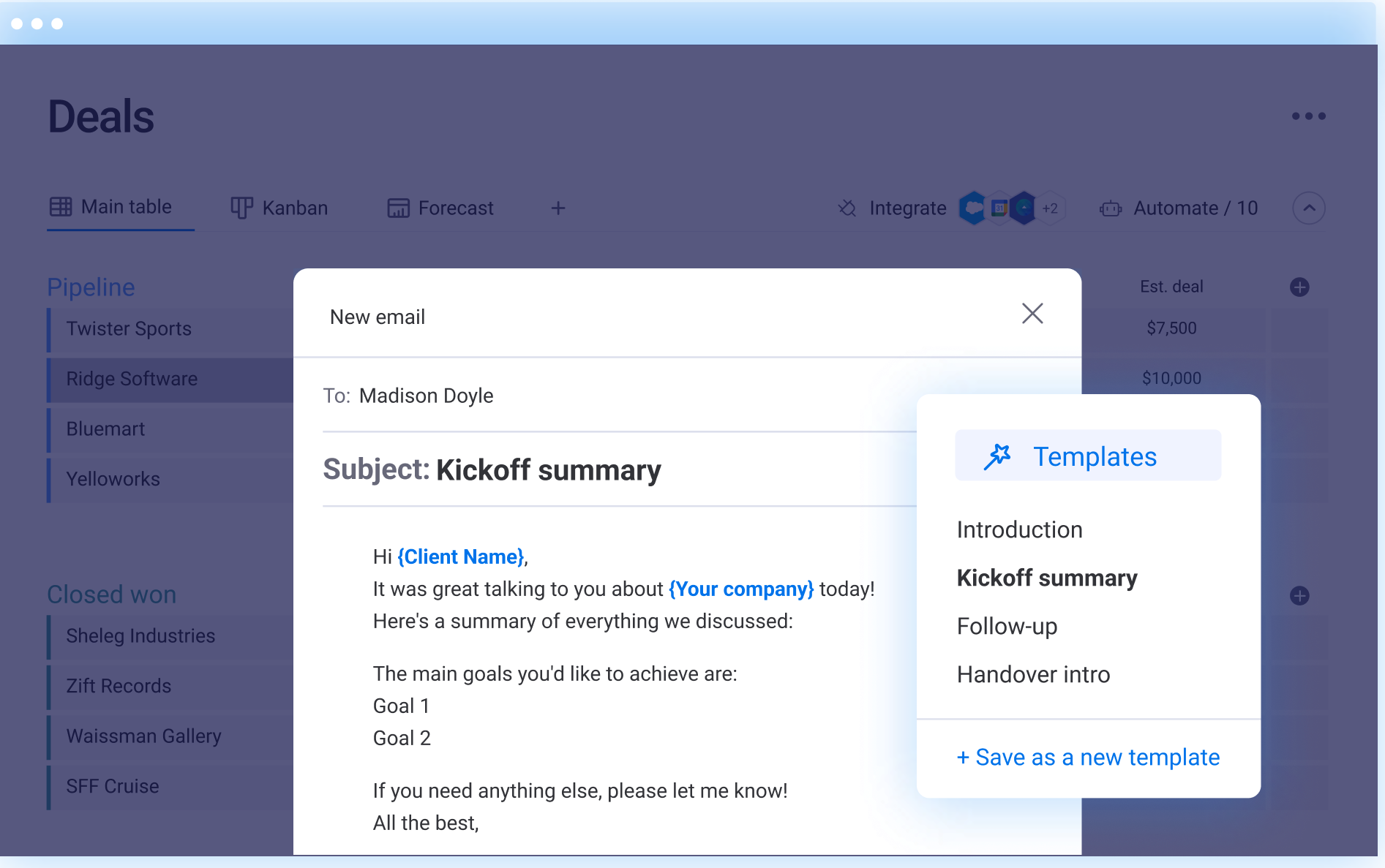Three sales professionals share tips for warming up your cold calling strategy.
The thought of calling a prospect without notice can intimidate even the most seasoned sales professional—especially considering 72% of B2B buyers prefer not to work with a sales rep at all, according to Gartner research.[1] But if you have the right approach, cold calling can be an effective way to start a long-lasting relationship with a new client.
To get you on the right track as a new sales professional, we asked three sales experts to share their most effective cold calling techniques. Marshall Davis[2], Mike Aldrich[3], and Andy Springer[4] offer insights to help you dial in your B2B cold calling strategy so you can start closing deals.
Featured in this article:
What is a cold call?
A cold call is a sales pitch over the phone to a customer with whom you haven't interacted previously. Door-to-door interactions can be considered cold calls as well; cold emailing is the same concept but via email. In a cold call, you'll typically introduce your brand, explain why it's the best fit for your prospect’s needs, and attempt to learn more about your prospect.
Tip #1: Research your prospect beforehand
Our first tip comes from Marshal Davis, a B2B sales professional with over a decade of experience in digital marketing and prospecting. "Thorough research on the prospect's industry and pain points is nonnegotiable," he explains. "This background knowledge allows you to tailor your pitch and set the stage for a dialogue that’s both meaningful and solution-oriented."
Your prospective client's company website is a great place to start your research. Here are a few specific things to look for:
About page: This page typically contains information about a brand’s history, values, awards, achievements, and leaders. It might also have a brand's mission or vision statement, which gives a sense of their purpose, intention, and objectives.
Contact page: If employee bios are unavailable in the About page, check here. The contact page should also contain instructions for contacting the organization (e.g., "Please contact [email protected] for press inquiries.").
Blog: Not all company websites feature a blog, but if there's one, this is a great place to find out what the brand has been up to, such as product releases and events.
You can also learn about your prospect through social media. Twitter, for instance, can tell you what sort of content they're trying to promote. LinkedIn can provide you with information on specific contacts, including any recent job changes, job function, and education. This is especially important information, as it can help you discern a specific person to contact.
Do due diligence with tech
You can learn a lot about a prospect by using competitive intelligence software, which allows you to set alerts for media mentions of their company name. These tools notify you whenever content changes on the prospect company’s website or in a search engine so you can stay on top of major brand announcements and news. Click here for platforms that offer a free trial.
Tip #2: Reach out at the right time
Mike Aldrich has been a sales professional in the Greater Orlando area for the past 30 years, and he uses customer relationship management (CRM) software with email management capabilities to identify just the right moment to reach out to a lead. These capabilities inform sellers when a lead has opened or forwarded their email, as shown in the image below.

Image of email management feature in CRM platform Pipedrive
"If you get a notification that your prospect just opened an email from your brand, it's a great opportunity to reach out because you're fresh on their mind," says Aldrich. "They'll think, 'Wow, perfect timing, I just read your email!'"
Of course, Aldrich admits it's possible that your prospective client is savvy enough to catch on to your strategy. But what this B2B cold calling tip also provides is the knowledge that your prospect is interested enough to read or even forward your email to someone else in their organization.
Here are some other indicators to look for to know when to contact a lead:
Completion of top-of-funnel (ToFu) activities: These refer to the actions leads take when they first enter the B2B sales funnel, such as filling out a form on a landing page.
Success with similar businesses: Look at your brand’s existing clients and make note of businesses that are similar in size and type to your lead. This way, you can reference those success stories during your B2B cold call.
The right day and time: Outbound call center software vendors report that the best time to contact a lead is midweek (Wednesday or Thursday) between 4PM and 5PM in their local time zone.[5] While it may seem counterintuitive, calling toward the end of the workday means your lead is less likely to be tied up in meetings or other work activities.
Use tech tools for additional intel
CRM tools are invaluable to sales professionals in ways that go beyond email tracking. Before cold calling a prospect, double-check your CRM to see whether anyone in your business has interacted with them before. It's possible they've already made inquiries or had some top-of-funnel contact, which is more information you can leverage during that first phone call.
Tip #3: Think about your next call
You want to be prepared for your first phone call with a prospective client, but it's just as important to plan for the next time you interact. Here to speak about executing the follow-up or warm call is Andy Springer, chief client officer at sales training company RAIN Group.
"To be successful at cold calling, you must go into it with the understanding that you aren't going to get through to the prospect after just one call," Springer explains. "On average, it takes about eight interactions to secure an initial meeting with a prospect."
Springer adds that it's crucial not to lose hope after just a couple of attempts. "While cold calling is important, comprehensive campaigns involving various touchpoints and offers are more effective." To establish a lasting presence and connection with potential clients, he suggests utilizing channels such as:
Email: Warm calling a prospect via email is an easy way to keep in touch, and even easier if you've turned on reminders in your CRM that tell you when to follow up. Some platforms, like the one shown below, include templates so you know exactly what to say.

Email management feature in monday sales CRM
LinkedIn: We discussed earlier how to use LinkedIn to research your prospect, but it's good practice to actually connect with them on the platform after your first phone call.
Social media: Following your potential client on social media allows you to practice social selling or engaging with accounts in ways that build familiarity and trust.
Direct mail: A handwritten note can be an unexpected yet effective way to thank your prospect for their time and remind them that you're available for any questions they may have about your products or services.
Keep in touch through tech
Lead management software is helpful for scoring and segmenting leads, recording interactions, and nurturing prospects. Ask your sales manager to consider tools that integrate with your CRM so you can seamlessly transfer data across applications, eliminate duplication, and avoid repeated data entry. Click here for platforms that offer a free trial.
Cold calling mistakes to avoid
Despite your best intentions, the following mistakes can turn a successful cold call sour:
Not listening: Salespeople are known for being talkative, sometimes to their detriment. Your prospect knows more about their needs and pain points than you'll ever find online, so give them a chance to speak and make sure you're hearing what they're saying. Repeating their words back to them is a good way to ensure you’re on the same page.
Not asking open-ended questions: To build on our previous point, you can get the most information from a prospect by asking questions they can't answer with a simple yes or no. Some examples are "What does your ideal solution look like?" or "What's your timeline for implementing this solution?"
Not leveraging sales enablement resources: Sales enablement resources such as cold calling scripts can help even seasoned sellers plan what they're going to say and how to handle the inevitable objection. There's no shame in using a cold calling script; in fact, the more resources you have in your cold calling tool kit, the better.
Learn from your mistakes with tech
Sales forecasting software allows you to record and analyze customer phone calls for the purpose of sales forecasting, but you can leverage this tool as a sales enablement resource too. In fact, Gartner recommends recording and reviewing cold call openers to increase seller learning. [6] Let your sales manager know about this option; here are some platforms that offer a free trial.
Use tech tools to bolster your cold calling strategy
What our three cold calling tips have in common—besides their ability to strengthen your cold calling strategy—is their use of tech tools.
Here's a recap of the tools we've mentioned:
Competitive intelligence software allows sellers like you to track, collect, store, and analyze information about prospects so you can be prepared to make that cold call.
CRM tools with email management capabilities automate email responses and remind you when to follow up. They also provide templates so you write the perfect email every time.
Lead management software tracks leads throughout the sales lifecycle. It automatically adds leads to the sales funnel and lets you monitor and track them until they are successfully converted or dropped.
Sales forecasting tools help your company plan, budget, and forecast expenses and revenue with advanced modeling and analysis tools.
While you might not be able to purchase software for your team, recommending these tools to your sales manager could pave the way for more successful cold calls by your whole sales team.
Looking for more resources on prospecting? Check out these related articles:
Note: Questions and responses have been edited for brevity and clarity.
Note: The screenshots of applications included in this article are examples to show a feature in context and are not intended as endorsements or recommendations.
